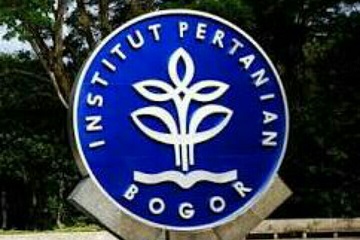A Group of IPB Researchers Designed Green Infrastructure Applications as Effective Means of Flood Control

Over the past century, some urban cities in Indonesia have become an increasingly urban society. The changes in land use associated with urban development affect flooding in many ways. Removing vegetation and soil, grading the land surface, and constructing drainage networks increase runoff to streams from rainfall. Changes to stream channels during urban development can limit their capacity to convey floodwaters. Roads and buildings constructed in flood-prone areas are exposed to increased flood hazards, including inundation and erosion, as new development continues. A group of researchers of the Department of Landscape Architecture, Faculty of Agriculture of Bogor Agricultural University (FAPERTA IPB), Indung Sitti Fatimah and Bambang Sulistyantara implanted the research program on the support and expand green infrastructure options for flood control and general water management.
Indung Sitti Fatimah said the purpose of this research is to analyze green infrastructure which represents a more cost-effective control method for storm-water that reduces stress on the region’s valuable waterways. Moreover, the research will design green infrastructure model in Bogor City area, as the city will be Jakarta flood control infrastructure.
The application of green infrastructure, particularly the street in developed countries as one of the green infrastructure applications proved to be beneficial to improve the quality of the city through the control of surface runoff. Cities of the future should be a socially diverse environment where economic and social activities overlap and where communities are focused around neighbourhoods. Thus green space must be a key consideration in urban planning if the health of a city and its people are both considered important. They must be developed or adapted to enable their citizens to be socioeconomically creative and productive. Bogor City has become the location of the study which currently busy in the process of urban development. The research team selected three locations of the Bogor City green roads, which are included in the Ciliwung River Basin area.
The researchers calculated the infiltration rate, then later calculated the actual infiltration rate using the Horton method and using a double ring infiltrometer. The construction of a green infrastructure model plot with Green Street model was conducted at IPB Sindang Barang Experimental Garden and the Common Class Rooms Building (CCR) building, of IPB Campus, Dramaga.
Based on the observations, the researchers found that the rate of green line infiltration in Bogor City included in the medium to low category. The palm tree is more effective in increasing the infiltration rate. Based on the observations and calculations by Horton method, it was revealed that Green Street Model has the ability to increase infiltration rate greater. (Wied)



